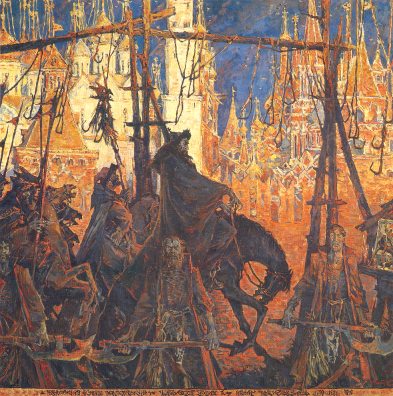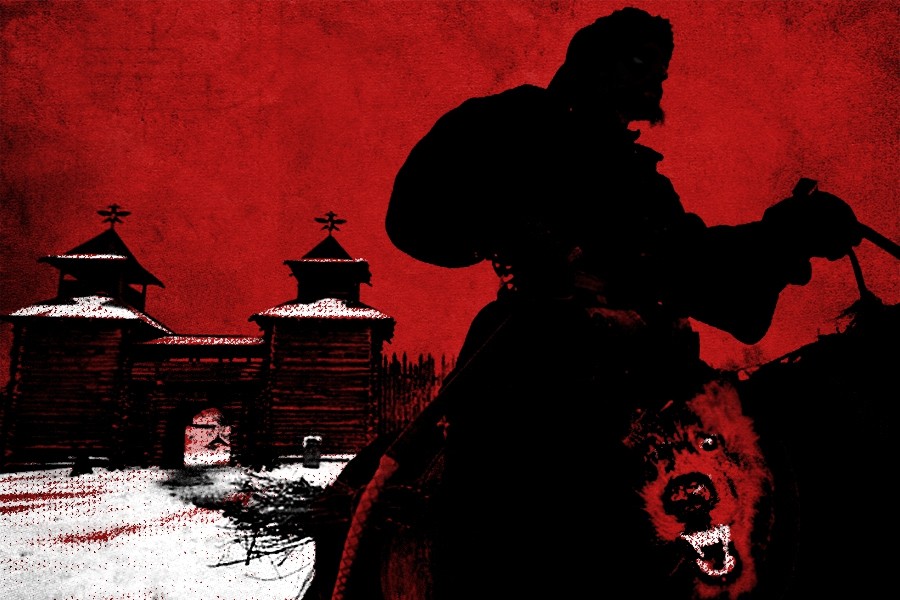Litwin
Platinum Member
the first time i am 100% agree with Discovery....why are so many similarities between Ivashka the Terrible and Koba Dzhugashvili ?
Ivan the terrible´s very own "NKVD":





just his sadism , rape, bestiality, brutal killings




"Historic sources present disparate accounts of Ivan's complex personality: he was described as intelligent and devout, yet given to rages and prone to episodic outbreaks of mental illness. In one such outburst he killed his groomed and chosen heir Ivan Ivanovich. This left the Tsardom to be passed to Ivan's younger son, the weak and intellectually disabled Feodor Ivanovich. Ivan's legacy is complex: and trade, ...he is also remembered for his paranoia and arguably harsh treatment of the nobility."
Ivan the terrible´s very own "NKVD":

just his sadism , rape, bestiality, brutal killings


"Historic sources present disparate accounts of Ivan's complex personality: he was described as intelligent and devout, yet given to rages and prone to episodic outbreaks of mental illness. In one such outburst he killed his groomed and chosen heir Ivan Ivanovich. This left the Tsardom to be passed to Ivan's younger son, the weak and intellectually disabled Feodor Ivanovich. Ivan's legacy is complex: and trade, ...he is also remembered for his paranoia and arguably harsh treatment of the nobility."
Last edited:





